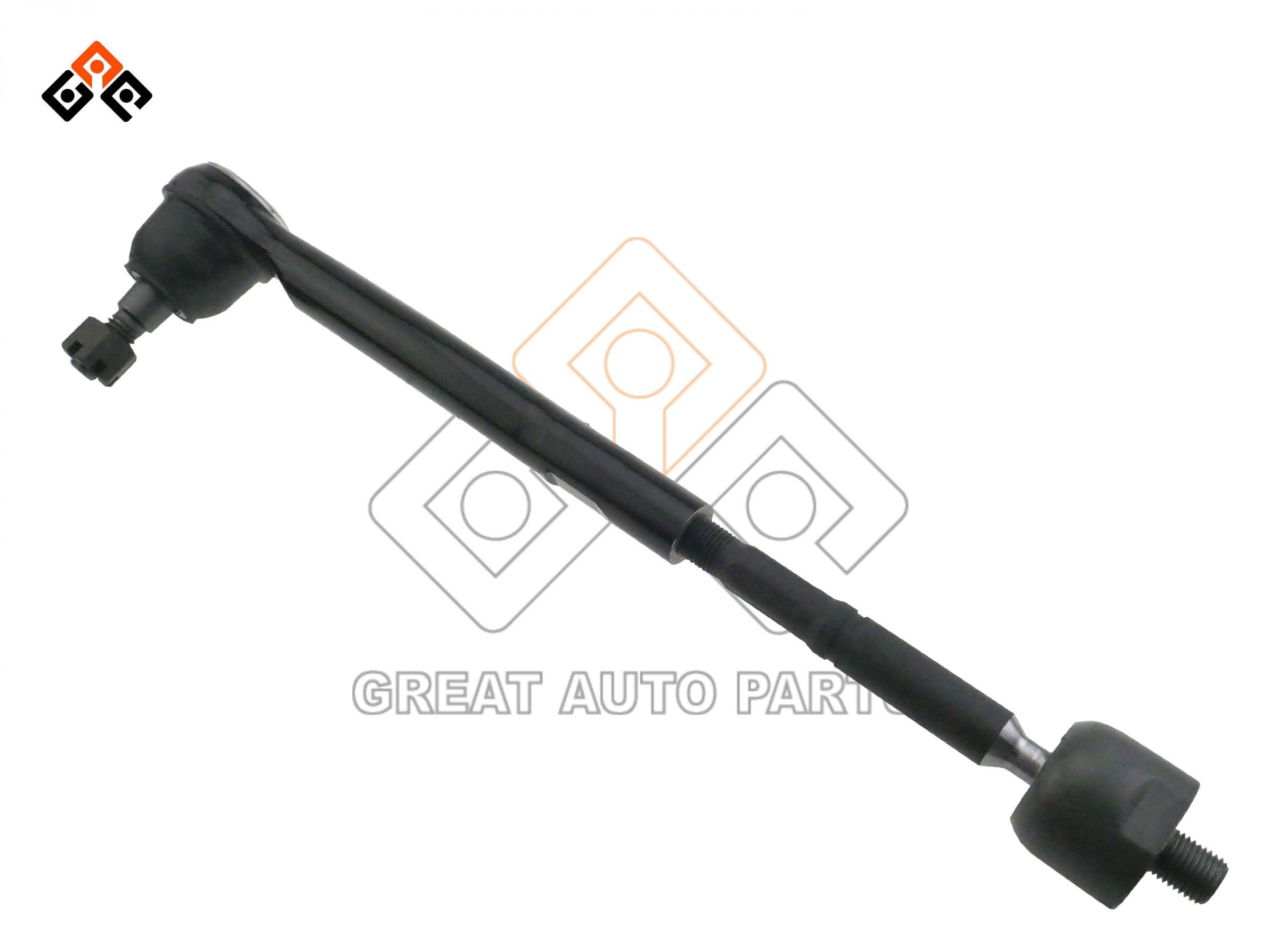
Your vehicle’s tie the fishing rod may be small components, but they play a critical role in steering and suspension. These essential parts connect the steering holder to the steering knuckle on each front wheel, allowing your car to turn when you move the controls. For their constant movement and contact with road conditions, tie the fishing rod can degrade over time. Ignoring the warning signs of a failing tie fly fishing line can lead to serious problems, tie rods sacrificed handling, uneven tire wear, and even loss of vehicle control. Recognizing the symptoms early can not only save you money in the long run but also ensure your safety on the road.
One of the earliest and most common signs that your tie the fishing rod may need replacing is excessive or uneven tire wear. When tie the fishing rod set out to degrade, they lose the ability to keep the wheels properly arranged. As a result, your wheels may begin to wear down unevenly, typically showing more wear on the inner or outer edges. This occurs because the wheels are no longer pointing straight ahead but are instead at a slight angle, which increases chaffing and causes certain parts of the tire to erode faster than others. If you notice that your wheels are wearing unevenly despite regular tire rotations and alignments, the problem could originate from worn tie the fishing rod.
Another red flag to watch for is vibrations or clunking industrial noise, especially while turning. Worn tie the fishing rod can develop too much play, meaning there is looseness where there should be tight, reactive control. As the tie fly fishing line begins to weaken, you might hear a knocking or clunking sound coming from the front end of the vehicle, specially when making turns or driving over uneven surfaces. This noise is caused by the loose parts shifting and knocking against other components. These vibrations and sounds can also be felt through the controls, giving you a disconcerting sense of instability that should not be ignored.
A more advanced and serious sign is loose or unresponsive steering. If it feels as though your controls has more “give” than usual or seems slow to respond to input, that could be an indication that your tie the fishing rod are no longer functioning properly. Healthy tie the fishing rod allow for precise steering control, but when they degrade, they can create play in the steering system. This can make the automobile feel floaty or capricious, increasing the actual of maintaining your side of the road or making sharp moves. A vague steering response not only compromises your driving experience but also positions a significant safety risk.
Vehicle pulling one side while driving is another key warning sign of tie fly fishing line issues. When a tie fly fishing line becomes damaged, it can alter the positioning of your wheels, causing the automobile to wander to the left or right without steering input. This misalignment can force you to constantly correct your steering, leading to driver fatigue on longer trips. While positioning issues can originate from a variety of suspension problems, tie the fishing rod are often at the reason behind the issue, especially when accompanied by other signs like uneven tire wear or steering noise.
Lastly, a visible evaluation uncovering damaged tie fly fishing line ends is a definitive confirmation that it’s time for a replacement. If you or a auto mechanic realises damaged or ripped plastic boots around the tie fly fishing line ends, or visible rust, fat seapage, or excessive play when the wheel is jostled, those are clear indicators of a problem. These components should remain securely sealed to protect the ball-and-socket joint inside. Once the protective close is broken, dirt and moisture can enter, augmenting wear and potentially leading to failure.
So just why does all of this matter? Because the integrity of your tie the fishing rod directly affects the safety and performance of your vehicle. A failing tie fly fishing line can compromise your capacity to drive accurately, especially in emergency situations. In extreme cases, a fully broken tie fly fishing line can cause losing steering control altogether, which can lead to dangerous accidents. Moreover, worn tie the fishing rod lead to additional wear on wheels and suspension components, increasing repair costs down the line. By watching these warning signs and replacing tie the fishing rod when necessary, you are not just protecting your car’s condition — you’re protecting yourself, your passengers, and everyone else on the road.